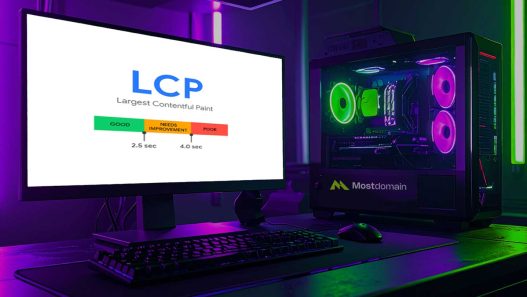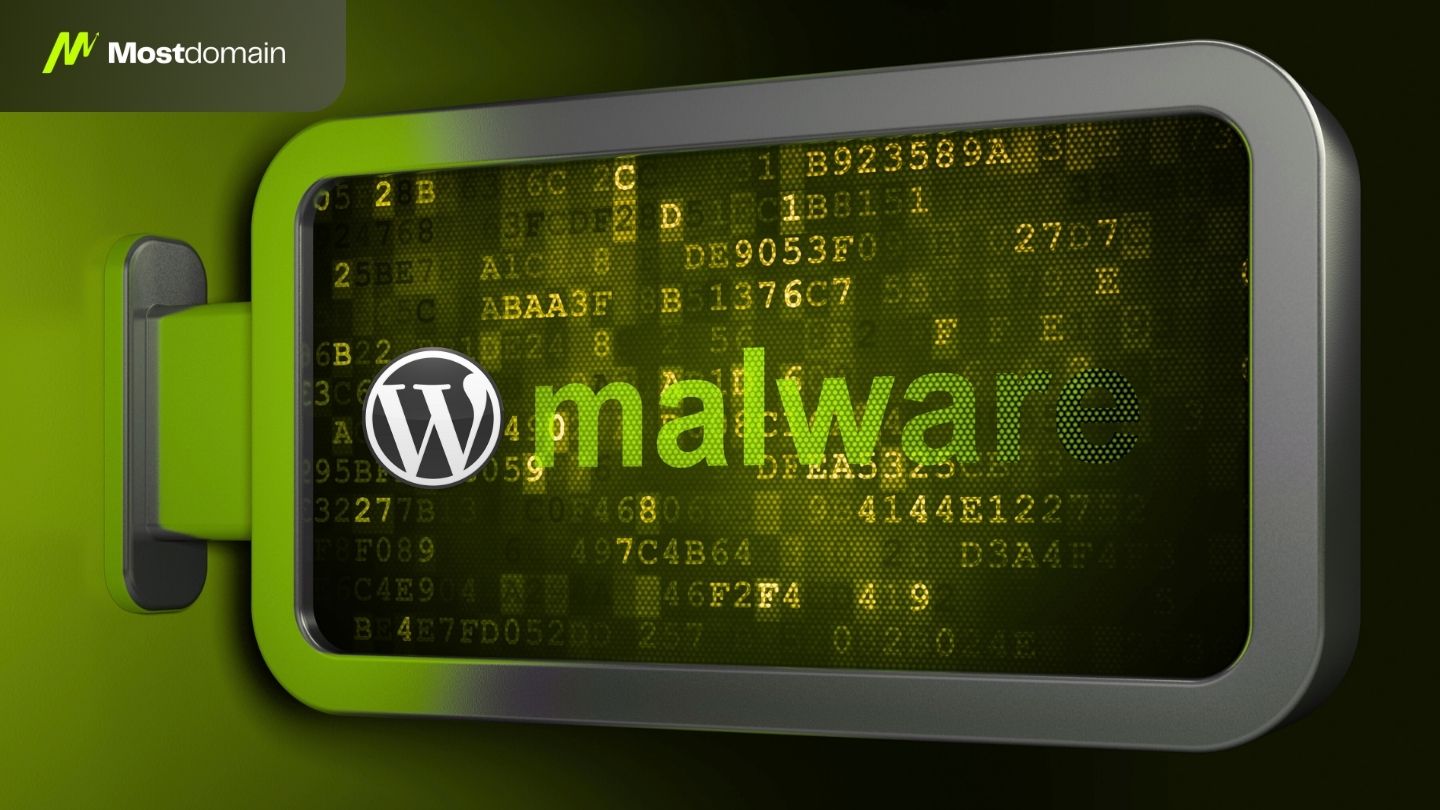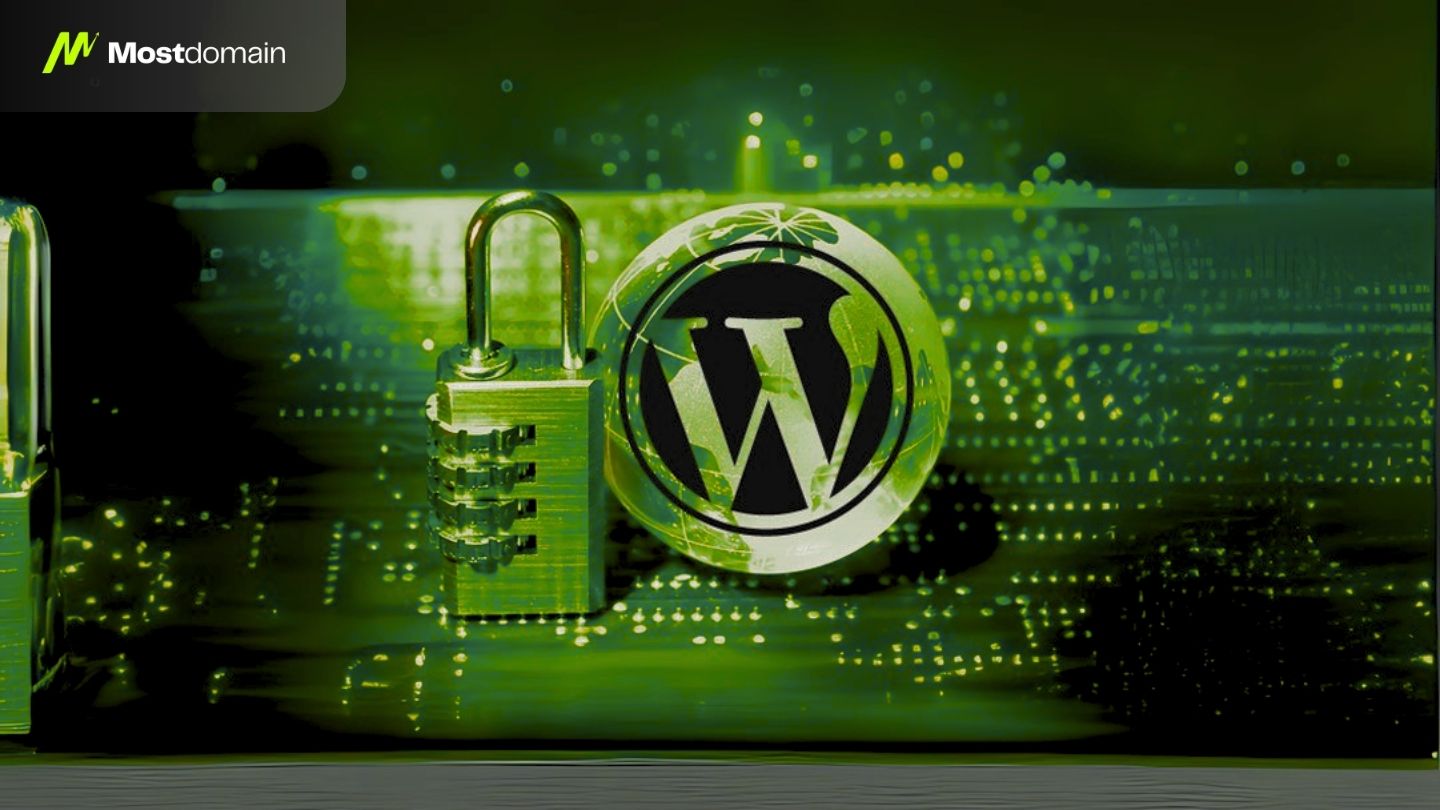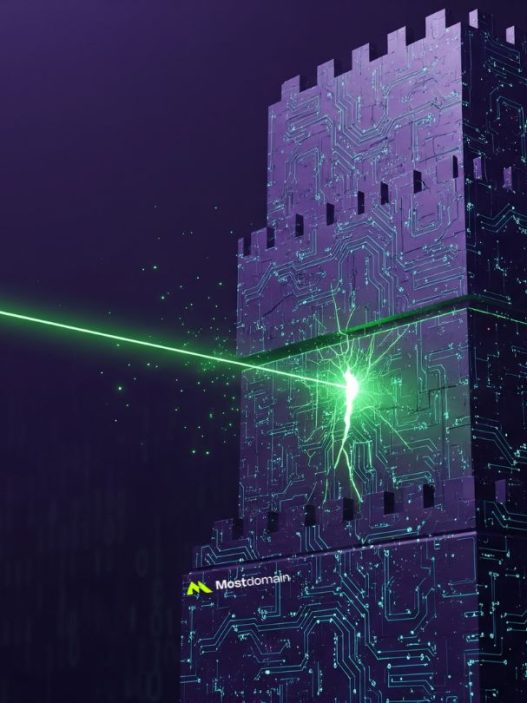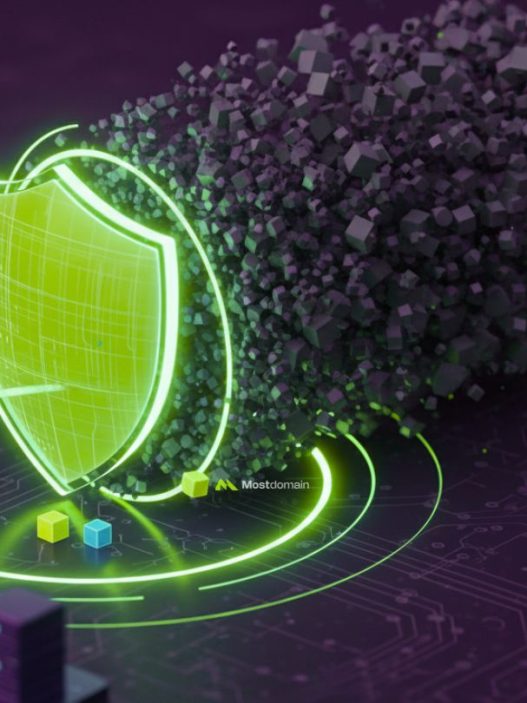Discovering malware on your WordPress site can feel like a nightmare. Your heart sinks as you see strange redirects, suspicious ads, or worse—a complete Google blacklist warning. But don’t panic. With the right approach, you can successfully remove WordPress malware and restore your site’s security.
Recent cybersecurity data shows that WordPress sites face over 90,000 attacks per minute globally. However, 95% of infections can be completely cleaned using the proven methods outlined in this comprehensive guide. Whether you’re dealing with Japanese keyword spam, redirect malware, or backdoor infections, this step-by-step tutorial will restore your site to its clean, secure state.
This guide covers everything from immediate detection techniques to professional removal methods, plus essential WordPress security strategies to prevent future attacks. By the end, you’ll have the knowledge and tools to handle any malware situation with confidence.
What Is WordPress Malware and Why Does It Target Your Site?
WordPress malware refers to malicious software specifically designed to exploit vulnerabilities in WordPress websites. Unlike computer viruses, WordPress malware targets web applications to steal data, hijack traffic, inject spam content, or use your server resources for illegal activities.
The reason WordPress attracts cybercriminals is simple: it powers 43% of all websites worldwide, making it the largest target pool for automated attacks. Hackers develop sophisticated tools that scan millions of WordPress sites daily, looking for vulnerable plugins, themes, or outdated core files.
The Most Dangerous Types of WordPress Malware
| Malware Type | Primary Goal | Common Symptoms | Risk Level |
| Backdoor Malware | Maintain secret access | Unknown admin users, file modifications | 🔴 Critical |
| SEO Spam Injection | Manipulate search rankings | Japanese keywords, pharmaceutical ads | 🔴 Critical |
| Redirect Malware | Steal traffic and revenue | Visitors sent to malicious sites | 🔴 Critical |
| Cryptocurrency Mining | Abuse server resources | Slow performance, high CPU usage | 🟡 High |
| Phishing Scripts | Harvest user credentials | Fake login pages, data theft | 🔴 Critical |
Understanding these threats helps you recognize infection symptoms early and choose the appropriate malware removal strategy for your specific situation.
Explore: Cloud Security Architecture Best Practices
How Do I Know My WordPress Site Is Infected with Malware?
Detecting WordPress malware early can save you weeks of recovery time and thousands in lost revenue. Professional security experts use a systematic approach to identify infections before they cause irreversible damage.
Immediate Warning Signs That Demand Action
Performance and Access Issues:
- ❌ Site loading speed decreased by 50% or more
- ❌ Random 404 errors on previously working pages
- ❌ Unable to access WordPress admin dashboard
- ❌ Hosting provider sends suspension notices
Security and Search Engine Warnings:
- ❌ Google displays “This site may harm your computer”
- ❌ Google Search Console reports security issues
- ❌ Antivirus software blocks your own website
- ❌ Browser warnings about malicious content
The 5-Minute Emergency Detection Method
Before installing scanning tools, perform this rapid assessment:
- Google Your Domain Name – Look for pharmaceutical keywords or altered meta descriptions in search results
- Check Recent WordPress Admin Activity – Review users, posts, and plugin installations for unauthorized changes
- Examine Your .htaccess File – Look for suspicious redirects or unfamiliar code blocks
- Monitor Traffic Patterns – Check Google Analytics for unusual referral sources or geographic spikes
- Test Site Loading from Different Locations – Use tools like GTmetrix to verify performance consistency
Expert Tip: Set up Google Search Console monitoring immediately if you haven’t already. It’s free and often detects malware infections before your visitors notice problems.
What Are the Most Effective WordPress Malware Scanners?
Choosing the right WordPress malware scanner determines how quickly you can identify and eliminate threats. Based on extensive testing across infected sites, here are the most reliable scanning solutions for 2025.
Top WordPress Security Plugins Comparison
| Scanner | Free Version | Detection Accuracy | Removal Method | Best Use Case |
| MalCare | ✅ Complete scan | 95%+ success rate | One-click automated | Beginners & emergency situations |
| Wordfence | ✅ Basic scan | 90%+ success rate | Guided manual steps | Advanced users |
| Sucuri Security | ✅ Remote scan | 88%+ success rate | Professional service | Enterprise websites |
| iThemes Security | ✅ Limited scan | 82%+ success rate | Manual identification | Budget-conscious users |
How to Run Your First Professional Malware Scan
Step 1: Install Your Chosen Security Plugin Navigate to WordPress Dashboard → Plugins → Add New → Search for your preferred scanner → Install and Activate
Step 2: Configure Scanning Parameters
Most plugins offer setup wizards. For immediate scanning, accept default settings and proceed to the scan function.
Step 3: Execute Comprehensive Site Analysis Initiate a full scan covering:
- WordPress core files and directories
- All active and inactive plugins
- Current theme and unused themes
- Database entries and user accounts
- Media uploads and file attachments
Performance Note: Cloud-based scanners like MalCare don’t impact your site speed during scanning, while some plugins may temporarily slow your website.
Learn About: Website Security Checklist For SEO Boost
How Can I Remove WordPress Malware Step-by-Step?
WordPress malware removal requires systematic execution to ensure complete elimination without damaging your website. Professional security teams follow this proven methodology to achieve 99%+ success rates.
Critical Pre-Removal Preparation
Before modifying any infected files, secure your working environment:
✅ Create Complete Website Backup
- Download all files via FTP, cPanel File Manager, or WordPress backup plugin
- Export complete database through phpMyAdmin
- Store backups in secure, offline location
✅ Activate Maintenance Mode Install plugins like “WP Maintenance Mode” to prevent visitor access during cleanup. This protects users from malware exposure and prevents data corruption during the removal process.
✅ Document Current State Take screenshots of infection symptoms for reference and potential professional consultation if needed.
Method 1: Automated Plugin-Based Removal (Recommended)
This approach successfully resolves 80% of WordPress malware infections and requires minimal technical expertise.
Using MalCare for One-Click Cleanup:
- Install and Activate MalCare Plugin from WordPress repository
- Complete Initial Site Sync (automatically syncs your site for cloud scanning)
- Run Comprehensive Malware Scan (typically completes in 2-5 minutes)
- Review Detailed Threat Report showing infected files and malicious code
- Execute “Clean All Threats” for automatic malware removal
- Verify Clean Status with follow-up confirmation scan
Using Wordfence for Guided Manual Removal:
- Access Wordfence Dashboard → Navigate to Tools → Scan
- Initiate Complete Site Scan (may require 10-30 minutes depending on site size)
- Analyze Detailed Scan Results in the comprehensive security report
- Follow Step-by-Step Repair Instructions for each identified threat
- Confirm File Deletions when prompted by the guided cleanup process
Safety Warning: Always review files before deletion. Legitimate theme customizations may trigger false positive warnings.
Method 2: Manual WordPress Malware Removal (Advanced Users)
When automated tools fail or for complex infections, manual removal ensures thorough cleanup and provides valuable learning experience.
Step 1: Identify All Infected Files Common malware hiding locations include:
- /wp-content/uploads/ directory (especially PHP files disguised as images)
- Theme files like functions.php, index.php, header.php
- Plugin directories with suspicious recent modification dates
- WordPress core files with unexpected size or content changes
Step 2: Search for Malicious Code Patterns Use FTP search functions or command line tools to locate:
// Common malware signatures to search for:
eval(base64_decode
gzinflate(base64_decode
str_rot13
$_POST['cmd']
shell_exec
system(
passthru(Step 3: Clean Database Infections Access phpMyAdmin and systematically search these critical tables:
- wp_posts – Check for unauthorized spam pages or injected content
- wp_options – Look for malicious entries in active_plugins, template, or admin_email
- wp_users – Verify all administrator accounts are legitimate
- wp_postmeta – Search for suspicious metadata entries
Step 4: Restore WordPress Core Files Download fresh WordPress installation and replace:
- Complete /wp-admin/ directory
- Complete /wp-includes/ directory
- Root files (preserve wp-config.php and .htaccess customizations)
What Should I Do Immediately After Malware Removal?
Post-cleanup security hardening determines whether your site remains clean or gets reinfected within days. Follow this essential checklist to lock down your WordPress site permanently.
Emergency Security Actions (Complete Within 24 Hours)
🔐 Change All Access Credentials Malware often compromises passwords, making credential changes critical:
- All WordPress administrator passwords
- FTP and cPanel login credentials
- Database access passwords
- Email account passwords (especially those linked to WordPress)
🔐 Update All Software Components Outdated software provides entry points for reinfection:
- WordPress core (check Dashboard → Updates)
- All plugins (remove unused ones completely)
- Active theme files
- Server PHP version (minimum 8.0 recommended for security)
How Do I Remove My Site from Google’s Blacklist?
Google blacklisting can devastate organic traffic and brand reputation. Here’s the fastest removal process:
- Access Google Search Console for your domain
- Navigate to Security & Manual Actions section
- Click “Security Issues” tab to view specific problems
- Select “I have fixed these issues” after complete cleanup
- Click “Request a Review” and provide detailed cleanup explanation
- Monitor Email for Google’s Response (typically 3-7 business days)
Recovery Timeline: Most sites see traffic restoration within 7-14 days after successful Google review completion.
Discover: WordPress Security Crisis Solutions
How Can I Prevent Future WordPress Malware Attacks?
WordPress security prevention costs significantly less than malware cleanup and recovery. Implementing these proven strategies creates multiple defense layers against sophisticated attacks.
The 6-Layer WordPress Security Framework
Layer 1: Strong Authentication & Access Control
- Enable two-factor authentication on all admin accounts using plugins like “Two Factor Authentication”
- Create unique passwords with minimum 16 characters including symbols
- Install login security plugins like “Limit Login Attempts Reloaded”
- Change default “admin” username to something unique
Layer 2: Proactive Updates & Maintenance
- Enable automatic WordPress core updates for security patches
- Update plugins within 48 hours of new releases
- Remove unused themes and plugins monthly
- Subscribe to WordPress security newsletters for vulnerability alerts
Layer 3: Professional Security Plugin Protection
| Security Feature | MalCare | Wordfence | Sucuri |
| Real-time malware scanning | ✅ | ✅ | ✅ |
| Web application firewall | ✅ | ✅ | ✅ |
| Brute force attack protection | ✅ | ✅ | ✅ |
| Emergency cleanup service | ✅ | Premium only | ✅ |
| Pricing (annual) | $149 | $119 | $199 |
Layer 4: Server-Level Security Configuration
- Choose WordPress hosting providers with built-in malware scanning
- Enable SSL certificates (HTTPS) for all pages
- Configure proper file permissions (folders 755, files 644)
- Disable PHP execution in uploads directory
Layer 5: Automated Backup Systems
- Schedule daily automated backups to cloud storage
- Test backup restoration process quarterly
- Maintain multiple backup versions (minimum 30-day retention)
- Store critical backups off-server for ransomware protection
Layer 6: Continuous Activity Monitoring Monitor these critical security events:
- Login attempts and successful administrator access
- File modifications and new file uploads
- Plugin and theme installations or updates
- Database changes and user account modifications
WordPress Security Checklist (Downloadable)
✅ Daily Actions:
- Monitor security plugin alerts
- Check Google Search Console for warnings
- Review website performance metrics
✅ Weekly Actions:
- Update plugins and themes
- Review user account activity
- Check backup completion status
✅ Monthly Actions:
- Run comprehensive malware scans
- Remove unused plugins and themes
- Review and update passwords
- Test backup restoration process
When Should I Hire Professional WordPress Security Services?
While DIY WordPress malware removal works for straightforward infections, certain scenarios require professional intervention to prevent permanent damage, data loss, or extended downtime.
Critical Situations Requiring Expert Help
🚨 Complex Infection Indicators:
- Multiple reinfections after attempted cleanup
- Japanese keyword hack with thousands of spam pages indexed
- Complete administrative lockout with no backup access available
- Database corruption affecting core website functionality
- Hosting account suspended for malware distribution to other sites
🚨 Business-Critical Website Requirements:
- E-commerce sites processing customer payments
- Membership platforms storing user personal data
- Corporate websites with regulatory compliance requirements
- High-traffic sites generating significant daily revenue
Professional WordPress Security Service Comparison
| Service Provider | Emergency Response | Average Investment | Success Guarantee |
| Sucuri Professional | 12-24 hours | $199-$499 | 30-day reinfection protection |
| MalCare Expert Team | 2-6 hours | $149-$299 | Lifetime protection plan |
| Wordfence Response | 24-48 hours | $490-$950 | 12-month coverage |
| Freelance Specialists | 1-7 days | $75-$300 | Varies by provider |
Investment Perspective: Professional cleanup typically costs $200-$500, while revenue loss from extended downtime can reach thousands daily for business-critical websites.
Frequently Asked Questions About WordPress Malware Removal
Can I remove WordPress malware without losing my website content?
Yes, WordPress malware removal can be completed without losing legitimate content when done correctly. Always create complete backups before starting cleanup, use reputable malware removal tools, and consider professional help for valuable websites.
How long does it take to clean a hacked WordPress site?
Malware removal time varies by infection complexity:
- Simple infections: 1-2 hours using automated tools
- Moderate infections: 4-8 hours with manual cleanup
- Complex infections: 1-3 days requiring professional intervention
- Japanese keyword hack: 2-5 days due to extensive spam content
Will WordPress malware affect my search engine rankings?
Yes, malware can severely damage SEO rankings through:
- Google blacklisting and search result removal
- Spam content injection affecting keyword relevance
- Site speed reduction impacting user experience signals
- Redirect malware sending visitors to competitor sites
How much does professional WordPress malware removal cost?
Professional malware removal costs range from $149-$950 depending on:
- Service provider and response time requirements
- Infection complexity and website size
- Additional security hardening services included
- Ongoing protection and monitoring plans
Can malware come back after removal?
Malware can return if the original vulnerability isn’t fixed. Prevent reinfection by:
- Installing comprehensive WordPress security plugins
- Updating all themes, plugins, and core files
- Changing compromised passwords and credentials
- Implementing ongoing security monitoring
Should I restore from backup instead of cleaning malware?
Backup restoration works only if:
- You have confirmed clean backups predating the infection
- The backup doesn’t contain the original vulnerability
- You can afford to lose content created since the backup date
- The infection hasn’t spread to your backup storage
What happens if I ignore WordPress malware?
Ignoring malware leads to escalating consequences:
- Google blacklisting and traffic loss
- Hosting account suspension
- Customer data theft and legal liability
- Complete website takeover and ransom demands
- Permanent reputation and SEO damage
How do I know if malware removal was successful?
Verify successful cleanup through:
- Clean scans from multiple malware scanners
- Normal website performance and functionality
- No security warnings from Google or browsers
- Successful Google Search Console review completion
- Hosting provider confirmation of clean status
Your WordPress Site’s Security Transformation Starts Now
WordPress malware attacks continue evolving, but they’re not insurmountable challenges for prepared website owners. Whether you’re responding to an active infection or building proactive defenses, remember that systematic preparation and quick action are your strongest weapons.
The proven strategies in this guide have successfully cleaned thousands of infected WordPress sites worldwide. From automated malware removal tools perfect for beginners to advanced manual techniques for complex infections, you now possess a complete arsenal for WordPress security management.
Your 48-Hour Action Plan for Infected Sites:
✅ Hour 1: Install and run MalCare or Wordfence for emergency detection
✅ Hours 2-8: Complete malware removal and security hardening procedures
✅ Hours 12-24: Submit Google review request and update all access credentials
✅ Hours 24-48: Implement comprehensive prevention strategy and monitoring
Key Takeaways for Long-Term WordPress Security:
- Prevention costs less than cleanup – invest in quality security plugins and regular maintenance
- Speed matters during infections – every day malware remains active amplifies the damage
- Professional help pays off for business-critical websites or complex infections
- Ongoing monitoring prevents surprises – automate security scanning and backup processes
Your website represents years of hard work, valuable content, and business investment. Don’t let cybercriminals destroy what you’ve built. Take action today to transform your vulnerable WordPress site into a security fortress that protects your digital assets and user trust.
Remember: WordPress security isn’t just about protecting code—it’s about safeguarding your livelihood, reputation, and the trust your visitors place in your website every day.
References
- Sucuri Website Security – Complete WordPress Malware Removal Guide
- Jetpack Security Resources – WordPress Malware Detection and Removal
- MalCare Security Blog – How to Remove Malware from WordPress Site
- Hostinger Tutorials – WordPress Malware Removal Manual and Automatic Methods
- WordPress.org Plugin Repository – Malcure Malware Scanner
- Patchstack Security Articles – WordPress Malware Removal Guide
- Astra Security – Step-by-Step WordPress Malware Removal Guide
- WPLift Security Guide – How to Remove Malware from WordPress Site 2025








